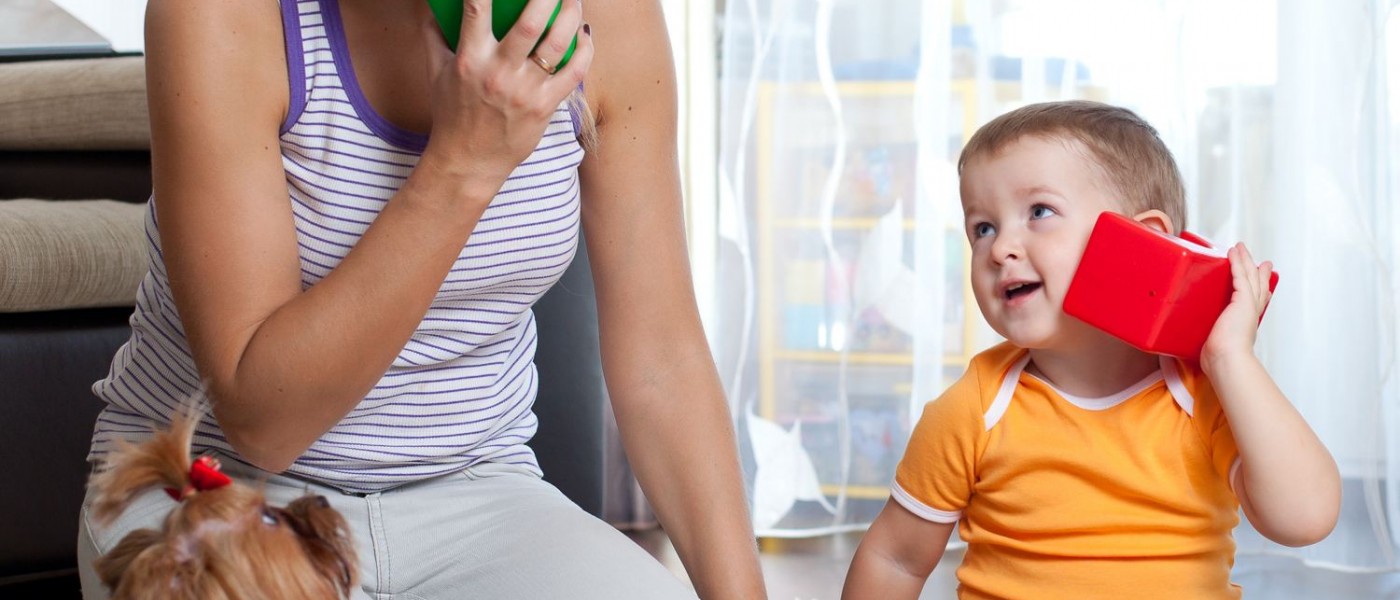Lisps & Pronunciation – Free Guide to Fix a Lisp and Pronunciation
What is a lisp?
The term “lisp” applies to the S, SH and CH sounds, but mostly the S sound. To determine if you have a lisp, listen and look very carefully at a couple of peers, particularly adults and see how your or your child’s S sound differs from these peers. Usually, a classic, frontal lisp will be very visible, with the tongue poking through the front teeth. A lateral lisp, which is somewhat less common, will sound “slushy” with the air escaping from the sides of the teeth (hence the term “lateral”).
How long does it take to fix a lisp?
Just like any speech challenge, it is impossible to predict exactly how long it will take to overcome. Nearly 1/3 of kids make moderate to significant progress in one year of regular one-on-one therapy, another 1/3 make some progress, and another 1/3 make no progress.
Several studies also show that for lisps or articulation one-on-one therapy is much more effective than group therapy, which is what is typically administered in public schools. A comprehensive study performed by the American Speech and Hearing Association showed that for articulation disorders, children are nearly twice as likely to make moderate or significant improvement if they receive one-on-one therapy versus group therapy.
To get specific on the duration estimate, a lateral lisp is a type of articulation challenge, often times a more persistent one. A comprehensive study performed at the Cincinnati Children’s Hospital, looking specifically at articulation challenges, showed that for children aged 3-6 over a two year period: 31% made moderate or significant improvement with 36 hours of therapy time, 41% made some improvement with 14 hours of therapy time, and 28% made no improvement with 15 hours of therapy time.
Since therapy is often given in 45 minute sessions, 36 hours of therapy can take about a year to undertake if you are rigorous about attending regular one-on-one speech classes. Remember, these are averages so some children learn faster and others learn slower, and lateral lisps can be a bit trickier.
If your child is in speech therapy in the school setting or is considering it, inquire if they can receive one-on-one therapy or if therapy is performed in groups. Also inquire about how much therapy they are receiving, typically 60 minutes or more per week will yield much better results than 30 minutes per week.
Learn more about lisps & pronunciation:
Understanding Dentalized Lisps
More on frontal and lateral lisps


